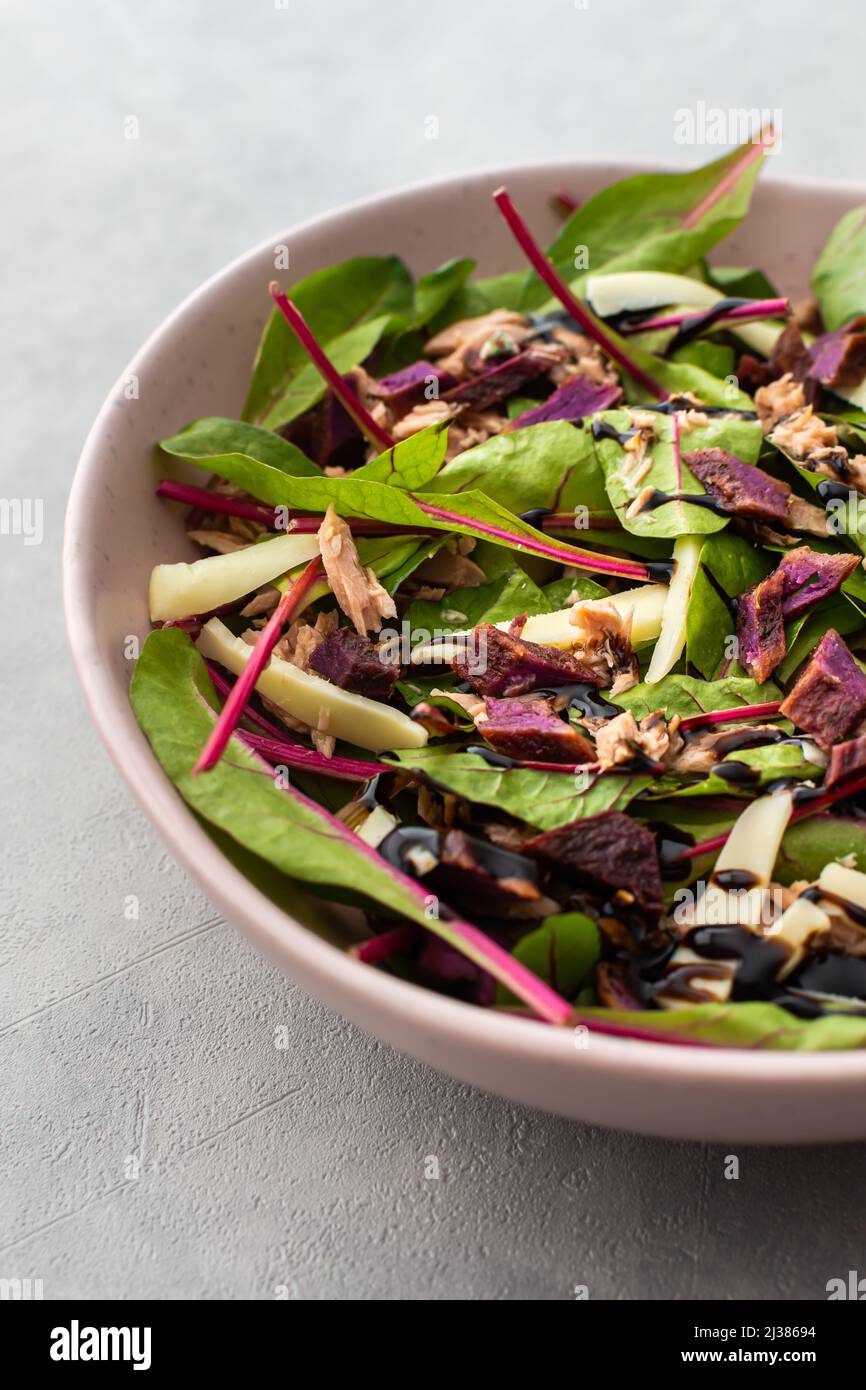

In one study, cancer cells that were treated with purple potato extract grew more slowly. In fact, the polyphenol compounds in purple potatoes and many other foods work to reduce blood pressure in a way similar to that of some types of blood-pressure-lowering medications known as angiotensin-converting-enzyme (ACE) inhibitors.Ī few lab studies have indicated that some of the compounds in purple potatoes, including their antioxidants, may help prevent or fight cancer, including colon and breast cancer.

In general, eating more polyphenol-rich foods, including those that contain anthocyanins like purple potatoes, may help relax and strengthen your blood vessels. Having stiff arteries increases your risk of heart attack or stroke, as your vessels can’t dilate as easily in response to changes in blood pressure. In addition, some studies suggest that compared with eating white potatoes, eating purple potatoes may reduce arterial stiffness. This may partly be due to their higher potassium content, as this nutrient helps reduce blood pressure, but their antioxidant content likely plays a role, too.Ī small four-week study in people with high blood pressure found that eating six to eight purple potatoes twice daily reduced systolic and diastolic blood pressure (the top and bottom numbers of a reading) by 3.5 and 4.3 percent, respectively. May I mprove Blood PressureĮating purple potatoes may promote blood vessel and blood pressure health. In contrast, eating a similar amount of refined potato starch in the form of biscuits caused a decrease.Īnother study in men who ate 5.3 ounces (150 grams) of different colored potatoes each day for six weeks observed that the purple potato group had lower levels of inflammatory markers and markers of DNA damage, compared with the white potato group. polyphenolic compounds like caffeic acid, scopolin, chlorogenic acid, and ferulic acidĪ small study in eight people found that loading up on one meal of whole purple potatoes increased their blood and urine antioxidant levels.In addition to their high anthocyanin content, purple potatoes pack other antioxidants common to all types of potatoes, including: A higher anthocyanin intake is linked to several benefits, including healthier cholesterol levels, improved vision and eye health, and a reduced risk of heart disease, certain cancers, and diabetes. They’re the same type of antioxidant found in blueberries and blackberries. Purple potatoes are especially rich in polyphenol antioxidants called anthocyanins. Antioxidants are plant compounds that can protect your cells from the damaging effects of oxidative stress. In fact, they have two to three times more antioxidant activity than white or yellow potatoes. Like other colorful fruits and vegetables, purple potatoes’ bright color is a telltale sign that they’re high in antioxidants. These compounds may decrease the absorption of starches in the intestines, therefore minimizing purple potato’s impact on blood sugar levels.Īn animal study observed similar results, finding that feeding purple potato extract to rats resulted in better glucose tolerance and improved short and long-term blood sugar levels. While all potato varieties impact blood sugar levels because of their carbohydrate content, purple potatoes may exert less of an effect than other types due to their high concentration of polyphenol plant compounds.

It ranges from 0 to 100, and a GI greater than 70 is considered high.Ī comparison study in humans found that purple potatoes have a GI of 77, yellow potatoes have a GI of 81, and white potatoes have a GI of 93.

The glycemic index (GI) is a measure of the extent to which a food raises your blood sugar. They’re especially rich in minerals and boast more potassium than a banana.
Purple potatoes skin#
All potatoes, including purple potatoes, are quite nutritious and provide a range of nutrients in both their skin and flesh. In addition, a serving of potatoes provides 3 grams of fiber, from both the flesh and skin, and they’re naturally low in sodium. Interestingly, potatoes have more potassium than bananas. Manganese: 6 percent of the recommended daily value (DV).A 3.5-ounce (100-gram) serving of cooked potato with the skin provides: In fact, more than half of their nutrients are found in their flesh. There is a misconception that all of the nutrients in potatoes are found in their skin. Purple potatoes have a nutrient content similar to that of other varieties of potatoes in the Solanum tuberosum family, though their mineral content can vary depending on the soil in which they were grown. Potatoes often get a bad rap because of their high starch content, but they contain many other important nutrients and can be a very healthy addition to your diet.


 0 kommentar(er)
0 kommentar(er)
